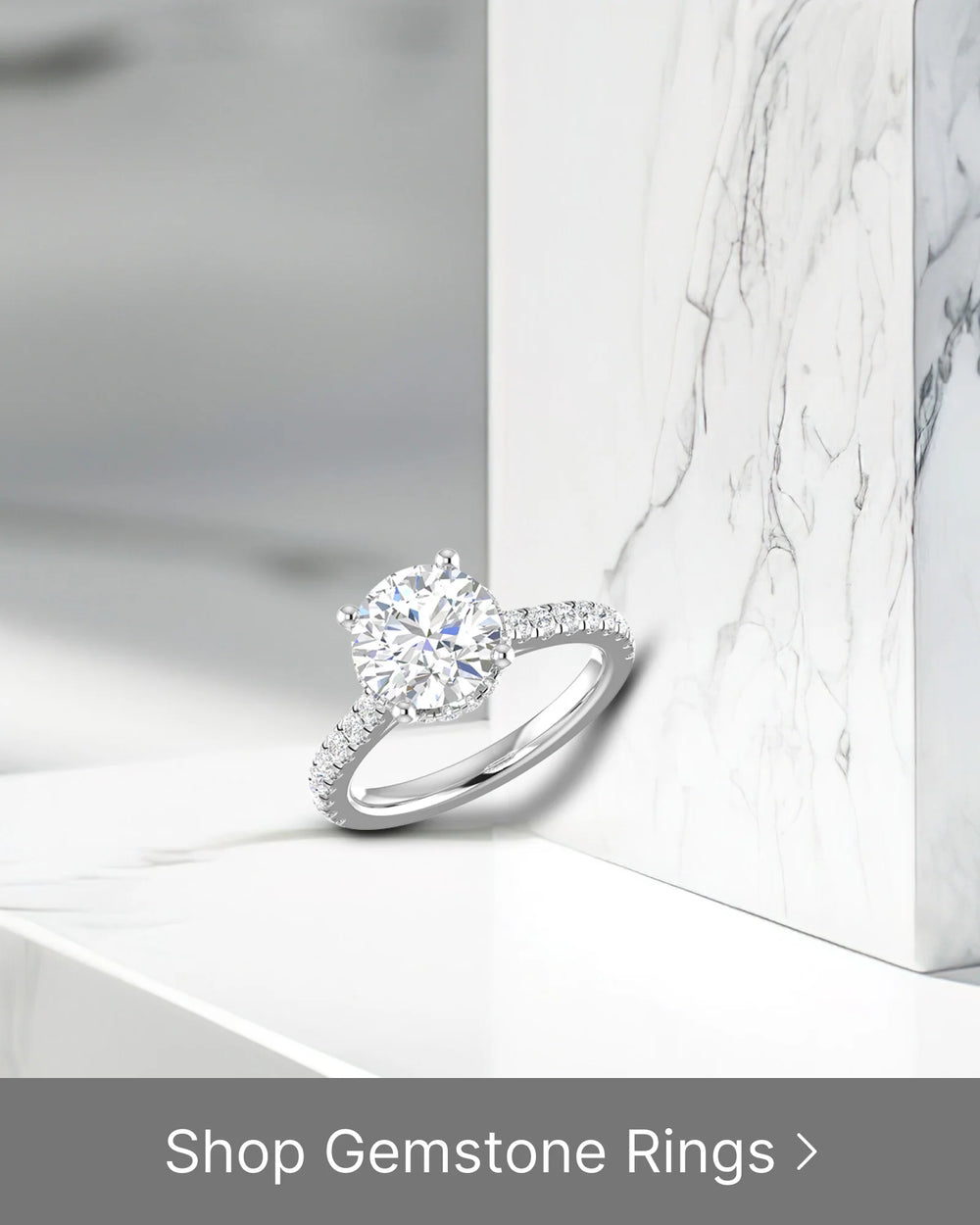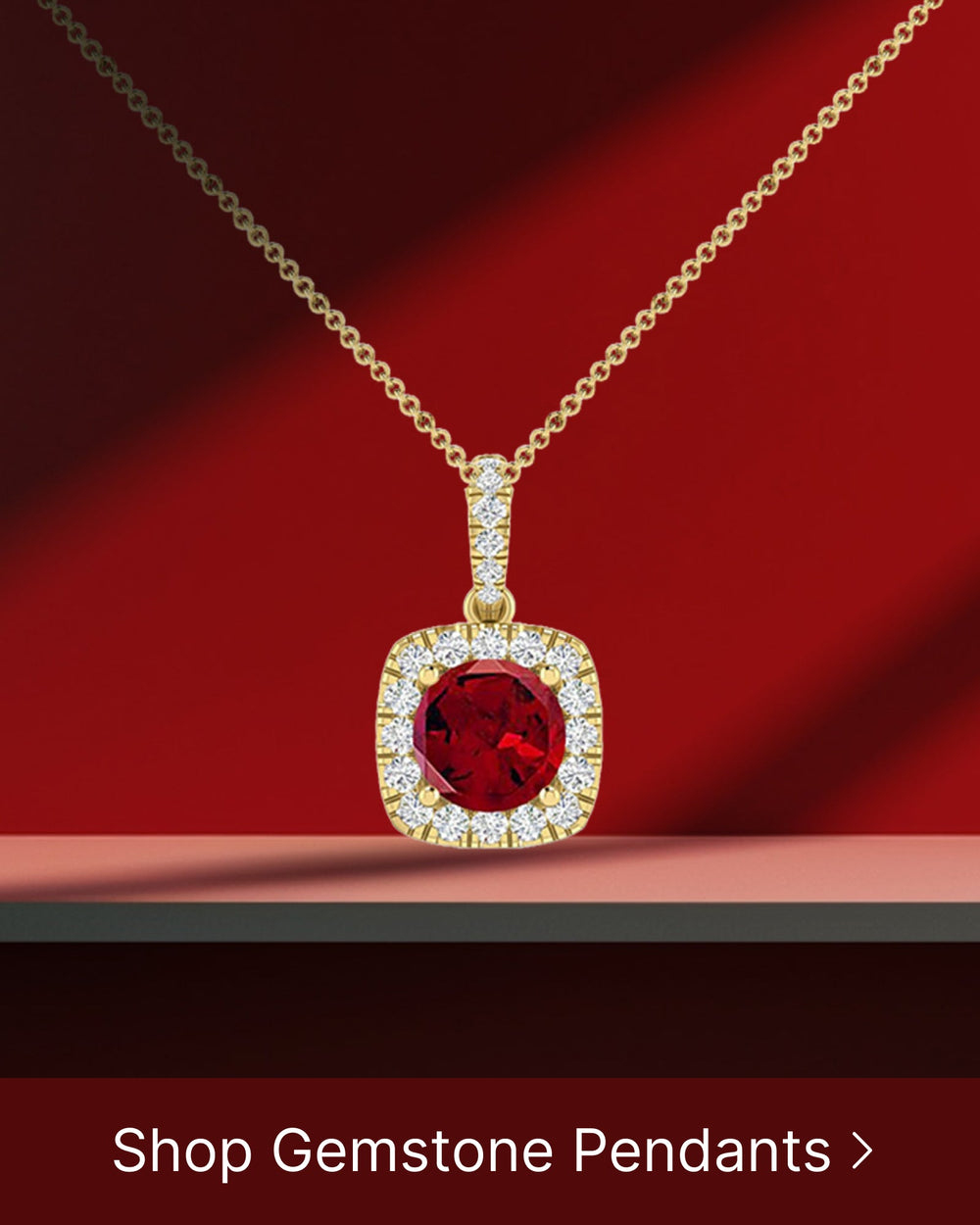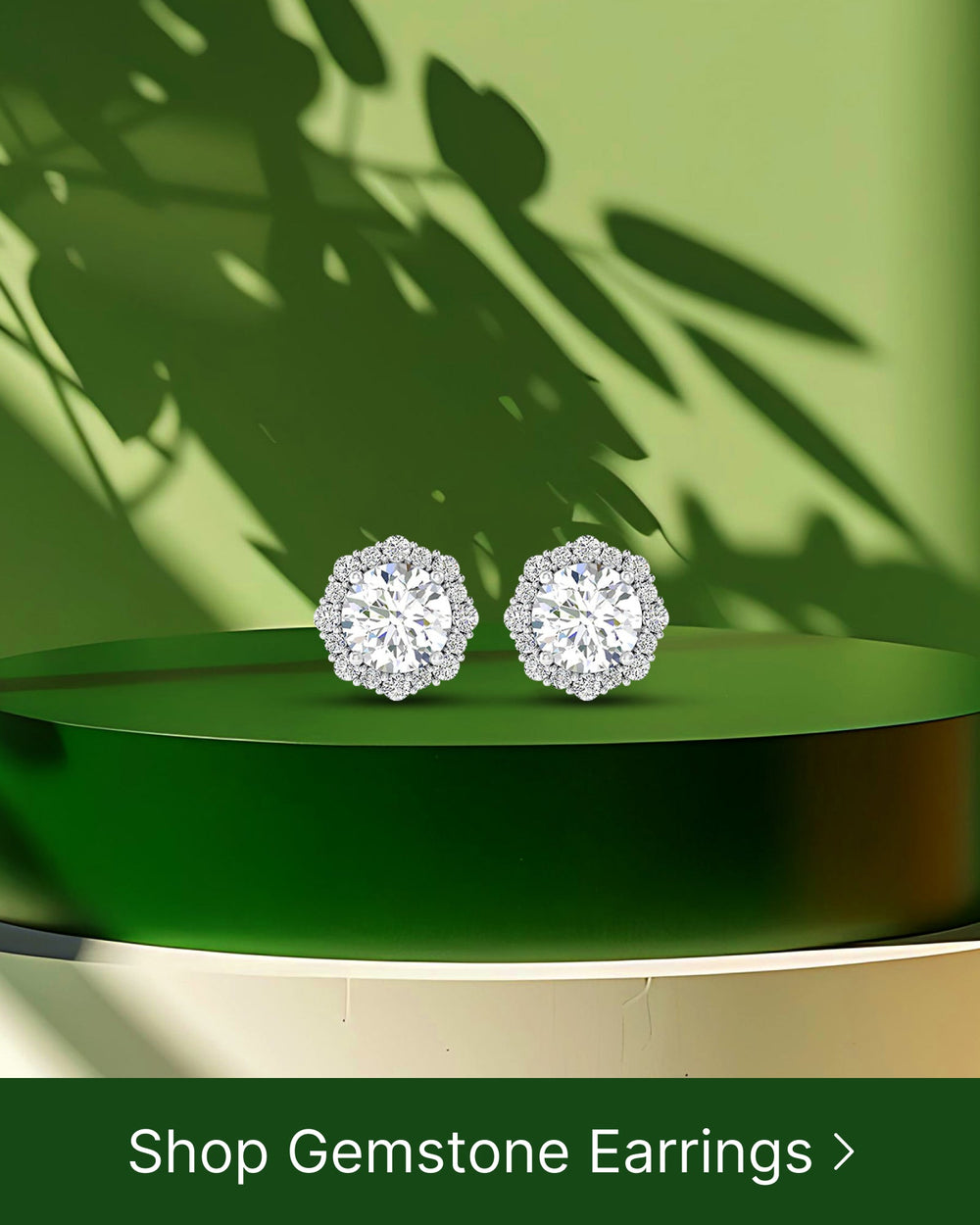The Mystery of Quartz and Gold: A Natural Pairing
Quartz and gold, two unique and captivating minerals, have long been associated with one another in the realm of geology and mining. The intriguing relationship between these elements sparks curiosity and wonder, raising questions about their origins, significance, and potential applications. In this article, we will delve into the world of quartz and gold, exploring their geological formation, chemical composition, and the reasons behind their natural pairing.
Understanding Quartz and Gold
Before we can unravel the mystery surrounding quartz and gold, it's essential to comprehend their individual characteristics. Quartz, a crystalline form of silicon dioxide, is one of the most abundant minerals on Earth. With its striking transparency and vibrant colors, it has captivated humans for centuries, finding its way into various industries, including jewelry and electronics.
Quartz is a fascinating mineral that has a rich history and a wide range of applications. It has been used by ancient civilizations for its beauty and believed healing properties. In modern times, quartz is not only used in jewelry but also in the production of glass, ceramics, and even in the manufacturing of computer chips. Its unique electrical properties make it an essential component in electronic devices, ensuring their functionality and reliability.
Gold, on the other hand, is a precious metal highly coveted for its beauty and rarity. Known for its lustrous yellow appearance, gold has been treasured since ancient times, symbolizing wealth and prosperity. Its scarcity and resistance to corrosion make it a valuable resource in not only jewelry but also electronics and dentistry.
Gold has a fascinating history that spans across different cultures and civilizations. It has been used as a form of currency, a symbol of power and status, and even as a medium for artistic expression. From ancient Egyptian pharaohs to modern-day investors, gold has always held a special allure that transcends time and borders.
The Geological Formation of Quartz and Gold
Quartz and gold, though distinct in their properties, often come together in geological formations. The formation of these minerals is a fascinating process that involves intricate natural forces at play.
Quartz is typically formed through the slow crystallization of molten magma deep within the Earth's crust. This magma, rich in silicon dioxide, cools and solidifies over millions of years, resulting in the formation of beautiful quartz crystals.
Gold deposits, on the other hand, have a more complex formation process. They are usually found in areas where hydrothermal fluids have circulated through cracks and fissures in the Earth's crust. These fluids, carrying gold particles in solution, gradually precipitate and accumulate over time. Consequently, the presence of quartz veins is often an indicator of potential gold deposits, as these minerals tend to be co-located.
The geological formation of quartz and gold is a testament to the intricate and interconnected nature of our planet. It is a reminder of the vast timescales and the powerful forces that shape the Earth's surface, creating the precious resources we value so highly.
The Chemical Composition of Quartz and Gold
The chemical composition of quartz and gold reveals some interesting insights into their properties and behavior. Quartz, with its primary constituent as silicon dioxide (SiO2), is remarkably stable and resistant to weathering and erosion. This durability allows quartz to withstand the test of time and preserve its inherent beauty.
In addition to silicon dioxide, quartz may contain various impurities that give it different colors and characteristics. For example, amethyst is a purple variety of quartz, while rose quartz has a delicate pink hue. These variations in color make quartz even more captivating and sought after in the world of gemstones.
Gold, on the other hand, is an element represented by the symbol Au on the periodic table. It is known for its malleability, with a single gram of gold able to be stretched into a thin wire measuring over two kilometers in length. This unique property makes gold highly versatile and valuable in numerous applications.
Gold's chemical stability and resistance to oxidation are what make it so enduring. Unlike many other metals, gold does not tarnish or corrode, allowing it to retain its brilliant shine for centuries. This is why gold artifacts from ancient civilizations can still dazzle us with their beauty and craftsmanship today.
The chemical composition of quartz and gold not only contributes to their physical properties but also plays a significant role in their cultural and economic significance. These minerals have shaped human history, fueled exploration and trade, and continue to inspire awe and fascination in the present day.
The Unique Relationship Between Quartz and Gold
The affinity between quartz and gold goes beyond mere geological coexistence. The interplay between these minerals contributes to their unique qualities and characteristics.
Why Quartz and Gold are Often Found Together
The association between quartz and gold is a result of their common geological origins. As mentioned earlier, gold is frequently found in the presence of quartz veins. This association is mainly attributed to the hydrothermal processes that circulated within the Earth's crust. The occurrence of quartz veins indicates favorable conditions for gold precipitation, offering geologists valuable insights in their exploration efforts.
Quartz, a mineral composed of silicon and oxygen, is one of the most abundant minerals on Earth's crust. It forms under a wide range of conditions, including igneous, metamorphic, and sedimentary environments. Its durability and resistance to weathering make it an ideal host rock for gold deposition.
Gold, on the other hand, is a precious metal that has fascinated humans for centuries. Its rarity and beauty have made it highly sought after, both for its aesthetic appeal and its various industrial applications. While gold can be found in different geological settings, its association with quartz is particularly significant.
When hydrothermal fluids, rich in gold particles, flow through fractures and cavities in the Earth's crust, they encounter quartz veins. These veins act as conduits, allowing the fluids to move and concentrate the gold particles along their pathways. The porosity and interconnectedness of the quartz veins provide the ideal conditions for the formation of economically viable gold deposits.
The Role of Quartz in Gold Formation
Quartz plays a crucial role in gold deposition and accumulation. The movement of hydrothermal fluids carries gold particles in solution, depositing them along fractures and cavities in the quartz veins. The porosity and interconnectedness of these veins provide ideal pathways for the movement and concentration of gold-bearing fluids, ultimately resulting in the formation of economically viable gold deposits.
Furthermore, quartz acts as a chemical trap for gold. The mineral's crystal structure has the ability to incorporate gold atoms within its lattice, effectively immobilizing them and preventing their dispersion. This trapping mechanism enhances the concentration of gold within the quartz veins, making them highly enriched in this precious metal.
Moreover, the physical properties of quartz, such as its hardness and resistance to chemical weathering, contribute to the preservation of gold deposits. Quartz veins can withstand the erosive forces of nature, ensuring that the gold remains locked within the rock and accessible for future mining operations.
The unique relationship between quartz and gold extends beyond their geological association. In the field of metaphysics and crystal healing, quartz is believed to amplify the energy of other minerals and facilitate spiritual growth. Its clear and transparent nature is said to enhance clarity of thought and promote positive energy. Gold, on the other hand, is associated with wealth, abundance, and prosperity. The combination of quartz and gold in jewelry and decorative items is highly valued for its aesthetic appeal and symbolic significance.
The Impact of Quartz and Gold Pairing on Mining
The association between quartz and gold has significant implications for the mining industry, particularly in relation to extraction techniques and product quality.
How Quartz Affects Gold Extraction Techniques
Quartz can exert a profound influence on gold extraction processes. When gold occurs in association with quartz, it is often encapsulated within the crystalline structure, making it challenging to separate the two. Miners employ various methods, including crushing and grinding, to liberate the gold particles from the quartz matrix, enabling further processing and extraction.
The Influence of Quartz on Gold Quality
Moreover, the presence of quartz can impact the quality of extracted gold. Quartz particles can adhere to gold surfaces during the extraction process, resulting in impurities and reducing the overall purity of the gold. Miners implement stringent refining techniques, such as smelting and chemical treatments, to ensure the final product meets desired purity standards.
The Symbolism and Significance of Quartz and Gold
Beyond their geological and industrial relevance, quartz and gold hold great symbolism and historical significance, captivating civilizations throughout history.
Quartz and Gold in Jewelry and Decorative Arts
Quartz and gold have been coveted materials in the realm of jewelry and decorative arts. From ancient civilizations to modern times, these minerals have adorned crowns, necklaces, and cherished objects. Their luminous qualities and inherent value make them timeless symbols of wealth, beauty, and prestige.
Cultural and Historical Significance of Quartz and Gold
Quartz and gold have played integral roles in the cultural and historical narratives of numerous societies. From the revered gold ornaments of ancient Egypt to the alchemical pursuits of medieval Europe, these minerals have captured the imagination of humanity, inspiring legends, trade routes, and conquests.
Future Perspectives on Quartz and Gold Pairing
The enduring allure and practical applications of quartz and gold continue to fuel curiosity and innovation. Looking toward the future, these minerals may hold untapped potential across various fields.
Potential Applications and Innovations
Quartz and gold, both renowned for their unique properties, are being explored in fields such as electronics, medicine, and renewable energy. The exceptional thermal stability of quartz finds use in high-temperature environments, while gold nanoparticles exhibit promising potential in targeted drug delivery and diagnostics.
Environmental Considerations and Sustainability
As we explore the future possibilities of quartz and gold, it is essential to consider their extraction's environmental implications. With increased awareness of sustainability, efforts are being made to minimize the environmental footprint of mining operations and explore responsible mining practices.
In Conclusion
In the enigmatic realm of geology and mining, the natural pairing of quartz and gold continues to captivate scientists, miners, and enthusiasts. From their geological formation and chemical composition to their impact on mining and cultural significance, these minerals weave a tale as captivating as the gold-laden quartz veins themselves. As we unravel the mysteries surrounding quartz and gold, we open doors to new possibilities and inspire a deeper understanding of the natural world.







